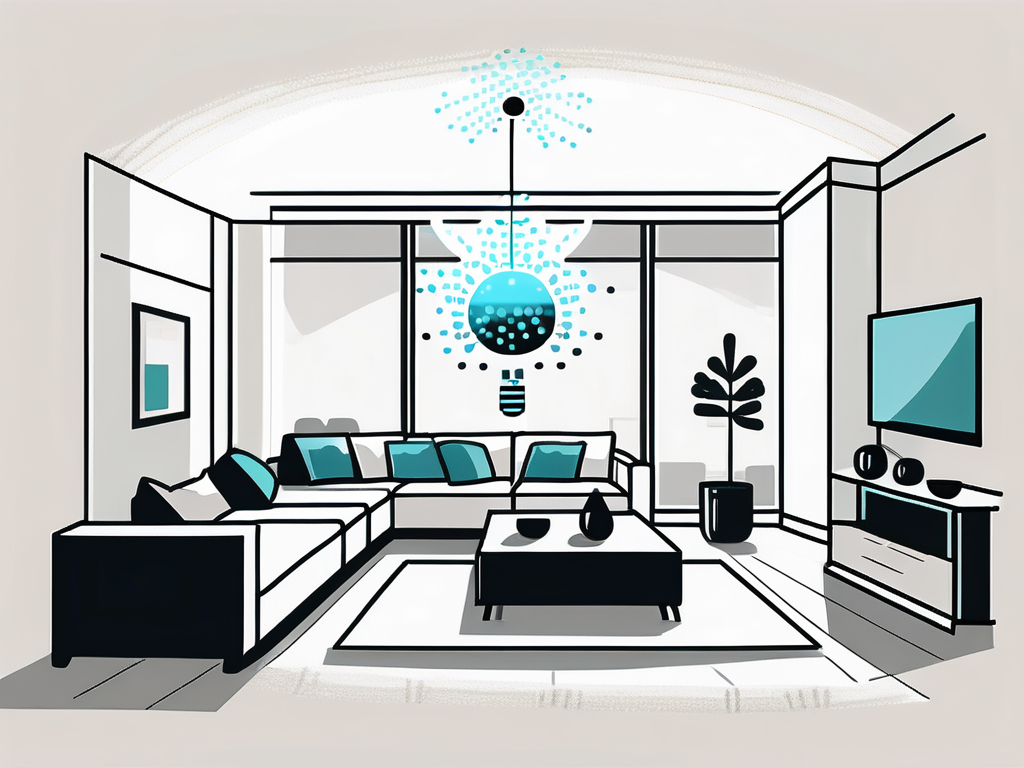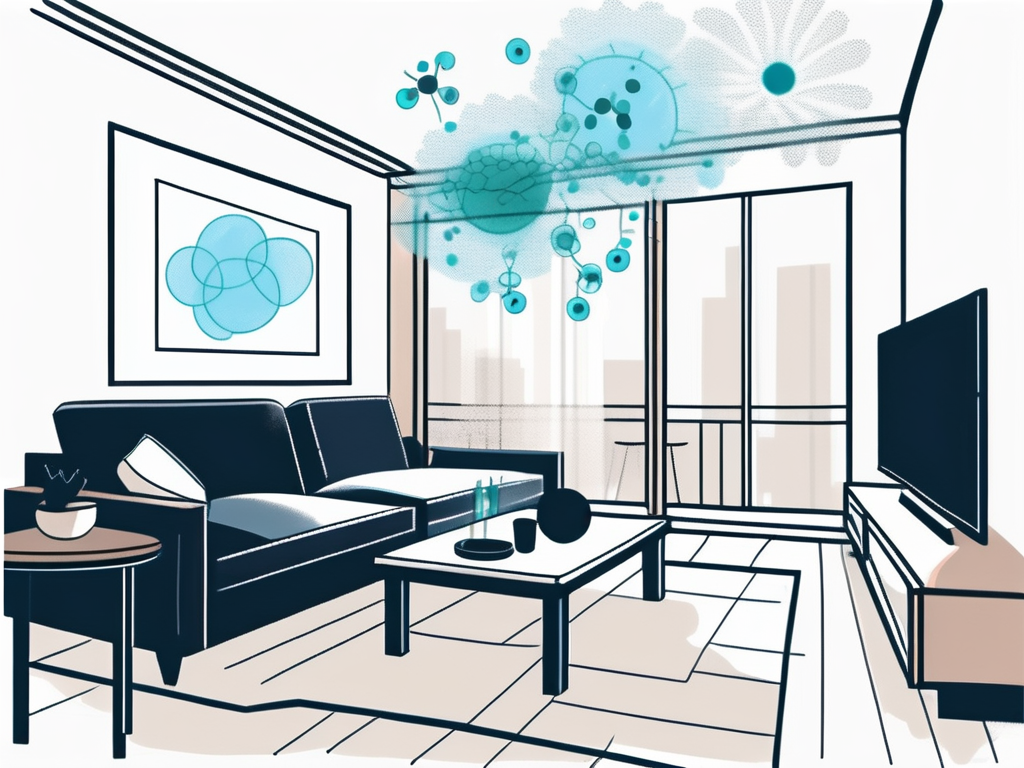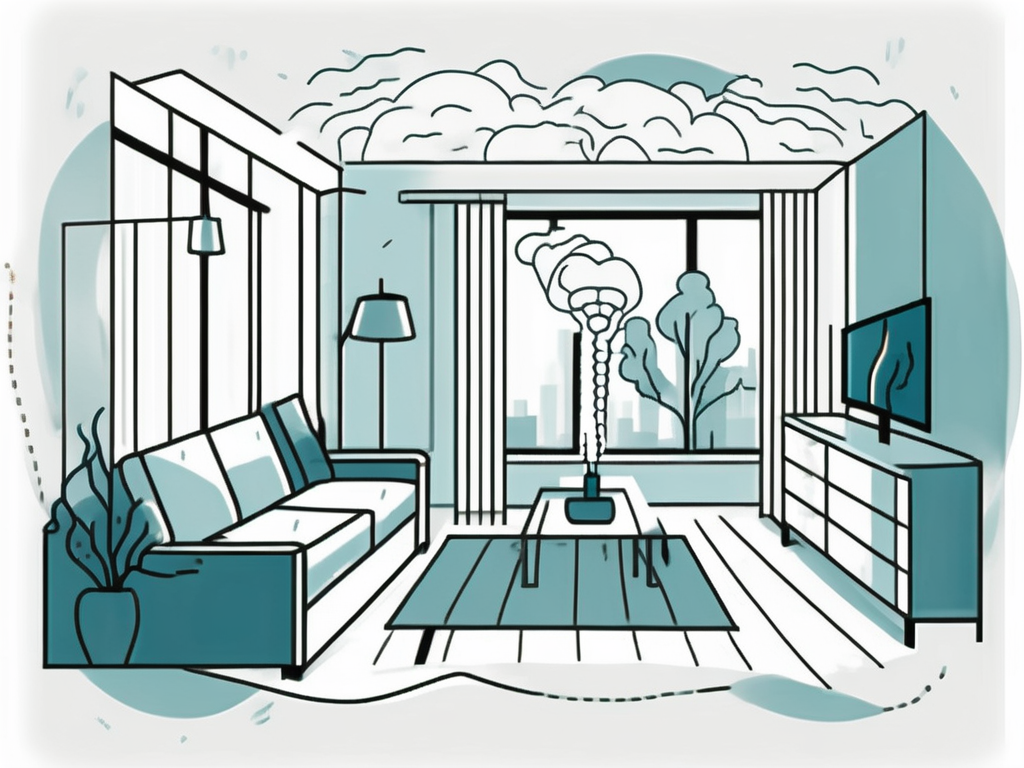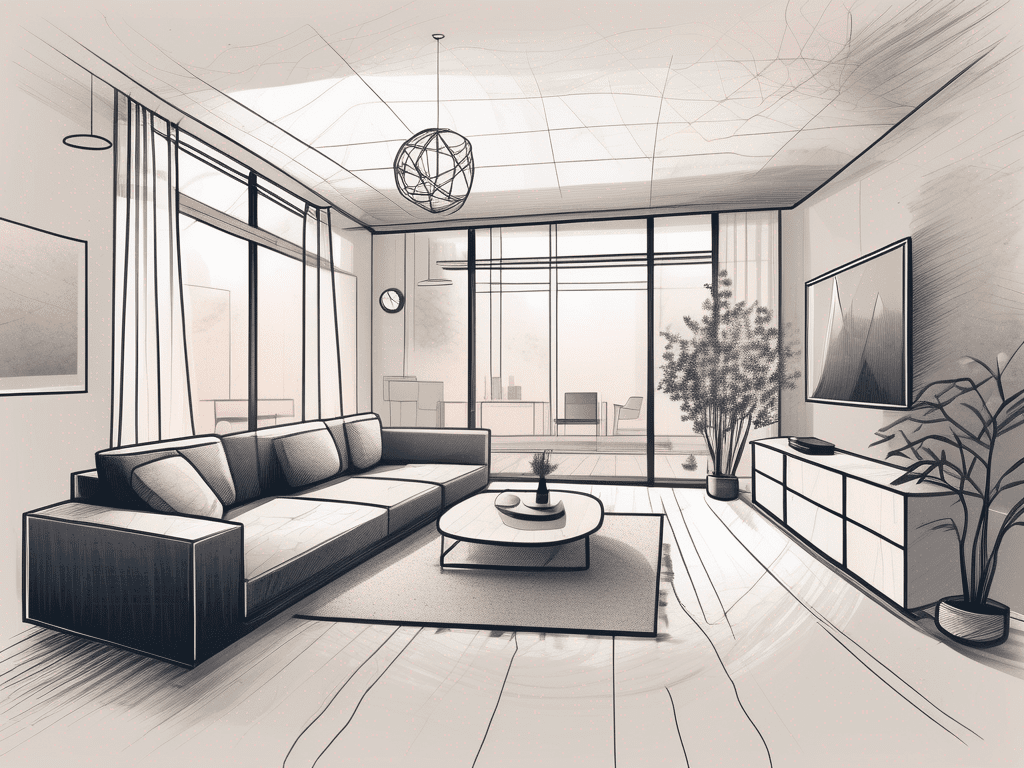Carbon Monoxide (CO) is a colorless, odorless, and tasteless gas that is slightly less dense than air. It is toxic to humans and animals when encountered in higher concentrations, despite its importance in many biological processes. In the atmosphere, it is spatially variable and short-lived, having a role in the formation of ground-level ozone.
This article will delve into the intricacies of carbon monoxide as it pertains to indoor air quality. We will explore its sources, health impacts, detection methods, and mitigation strategies. The aim is to provide a comprehensive understanding of this critical aspect of indoor air quality.
Understanding Carbon Monoxide
Carbon monoxide is a byproduct of incomplete combustion. When oxygen is not fully present during the burning of organic compounds, carbon monoxide is produced. This can occur in various indoor settings, such as during the operation of fuel-burning appliances, like gas stoves or fireplaces.

CO molecules consist of one carbon atom and one oxygen atom, connected by a triple bond that includes two covalent bonds and one dative covalent bond. It is a strong reducing agent, and it is also a significant air pollutant in urban areas, contributing to smog.
Physical and Chemical Properties
Carbon monoxide is a linear triatomic molecule, with a bond angle of 180 degrees. It is a weak polar molecule due to the difference in electronegativity between the carbon and oxygen atoms. This polarity allows it to bind to metals and molecules, interfering with their normal function.
CO is a powerful reducing agent because it readily reacts with oxygen to form carbon dioxide (CO2), releasing a substantial amount of energy in the process. This property makes it a valuable industrial chemical, but it also contributes to its toxicity.
Biological Role and Toxicity
Despite being a poisonous gas, carbon monoxide has important roles in the body at low concentrations. It is a neurotransmitter, involved in transmitting signals in the nervous system. It also has a role in the regulation of vascular tone, heart rate, and immune response.
However, when inhaled in large amounts, CO can cause carbon monoxide poisoning. This happens when CO binds to hemoglobin, the molecule in red blood cells that carries oxygen around the body. When CO is present, it competes with oxygen for binding sites on hemoglobin, reducing the amount of oxygen that can be transported. This can lead to tissue damage and death.
Sources of Indoor Carbon Monoxide
Indoor sources of carbon monoxide can be categorized into two main groups: combustion sources and non-combustion sources. Combustion sources include any appliances or devices that burn fuels, such as gas stoves, heaters, and fireplaces. Non-combustion sources are less common but can include certain types of building materials and consumer products.

It’s important to note that any fuel-burning appliance that is not properly installed, maintained, or used can potentially release dangerous levels of carbon monoxide into the indoor environment. This includes not only traditional combustion appliances like stoves and heaters, but also less obvious sources like gas-powered clothes dryers or water heaters.
Combustion Sources
Combustion appliances are the most common sources of indoor carbon monoxide. These include gas stoves, ovens, water heaters, furnaces, fireplaces, and space heaters. When these appliances are not properly vented, or when they are used in a confined space without adequate ventilation, they can produce dangerous levels of carbon monoxide.
Automobiles are another significant source of carbon monoxide. If a car is left running in an attached garage, CO can seep into the home. Even when the garage door is open, CO can accumulate to dangerous levels within the garage and the home.
Non-combustion Sources
While less common, there are non-combustion sources of indoor carbon monoxide. These can include tobacco smoke, certain types of paint removers, and other household products that contain methylene chloride. When these products are used, the methylene chloride can break down and release carbon monoxide into the air.
Some building materials can also release carbon monoxide. For example, pressed wood products like particleboard and plywood can emit CO when they degrade or are burned. Similarly, certain types of insulation can release carbon monoxide when they are heated or burned.
Health Impacts of Carbon Monoxide Exposure
Exposure to carbon monoxide can have severe health impacts, ranging from mild symptoms like headaches and dizziness to more severe symptoms like confusion, loss of consciousness, and even death. The severity of symptoms depends on the concentration of CO in the air and the duration of exposure.

At lower concentrations, symptoms can be mistaken for the flu or food poisoning, as they can include headache, dizziness, weakness, nausea, vomiting, chest pain, and confusion. At higher concentrations, CO can cause loss of consciousness and death. Long-term exposure to low levels of CO can also lead to heart disease and neurological problems.
Acute Exposure
Acute exposure to high levels of carbon monoxide can lead to carbon monoxide poisoning, a serious condition that can be life-threatening. Symptoms can develop quickly and include severe headache, dizziness, mental confusion, nausea, and fainting. In severe cases, it can lead to convulsions, coma, and death.
Carbon monoxide poisoning is a medical emergency. If you suspect that you or someone else has been exposed to high levels of CO, it’s important to get to fresh air immediately and seek medical attention. Treatment usually involves administering oxygen to help remove the CO from the body.
Chronic Exposure
Chronic exposure to lower levels of carbon monoxide can also have serious health effects. Over time, this can lead to a condition known as chronic carbon monoxide poisoning. Symptoms can include persistent headaches, lightheadedness, nausea, and feeling tired or confused. Over time, it can also lead to heart disease and neurological problems.
Chronic carbon monoxide poisoning can be difficult to diagnose because the symptoms can be vague and similar to other conditions. If you suspect that you’re being exposed to low levels of CO over a long period, it’s important to seek medical attention and to investigate potential sources of CO in your home.
Detection and Prevention of Carbon Monoxide Exposure
Because carbon monoxide is colorless, odorless, and tasteless, it can be difficult to detect. The best way to protect yourself and your family from CO exposure is to install carbon monoxide detectors in your home. These devices can alert you if CO levels become dangerous.
It’s also important to maintain and properly use any fuel-burning appliances in your home to prevent CO buildup. This includes having your heating system, water heater, and any other gas, oil, or coal burning appliances serviced by a qualified technician every year.
Carbon Monoxide Detectors
Carbon monoxide detectors are the most effective way to alert you to the presence of dangerous levels of CO in your home. These devices work by measuring the concentration of CO in the air and sounding an alarm if it reaches a certain level. There are several types of CO detectors available, including battery-operated, plug-in, and hardwired models.
It’s recommended to install a CO detector on every level of your home, especially near sleeping areas. It’s also important to test your CO detectors regularly and replace them according to the manufacturer’s instructions.
Maintenance of Fuel-Burning Appliances
Maintaining your fuel-burning appliances is another key step in preventing carbon monoxide exposure. This includes having your heating system, water heater, and any other gas, oil, or coal burning appliances serviced by a qualified technician every year. These professionals can check for leaks, damage, and other problems that could lead to CO buildup.
It’s also important to use these appliances properly. For example, never use a gas stove or oven to heat your home, and never run a car or generator in an enclosed space, like a garage. Always ensure that these devices are properly vented to the outside to prevent CO from accumulating indoors.
Remediation and Mitigation Strategies
If you discover that you have high levels of carbon monoxide in your home, it’s important to take steps to reduce your exposure. This can include improving ventilation, repairing or replacing faulty appliances, and changing certain behaviors that contribute to CO buildup.
It’s also important to have a plan in place in case of a CO emergency. This includes knowing the symptoms of CO poisoning, having a plan to get everyone out of the house, and knowing who to call for help.
Improving Ventilation
Improving ventilation in your home can help reduce levels of carbon monoxide. This can include opening windows, using fans, and installing vented exhaust fans in kitchens and bathrooms. It’s also important to ensure that fuel-burning appliances are properly vented to the outside.
If you have a fireplace, make sure the damper is open when you’re using it. Also, never use a charcoal grill or a barbecue grill inside your home or garage, as these can produce large amounts of CO.
Repairing or Replacing Faulty Appliances
If a fuel-burning appliance is found to be a source of carbon monoxide in your home, it may need to be repaired or replaced. This should be done by a qualified technician. In some cases, it may be safer and more cost-effective to replace an old, faulty appliance with a new one that has more safety features.
It’s also important to consider the type of fuel your appliances use. Appliances that burn natural gas or propane tend to produce less CO than those that burn coal or wood. If possible, consider switching to appliances that use cleaner fuels.
Changing Behaviors
Some behaviors can contribute to carbon monoxide buildup in your home. For example, running a car or generator in an enclosed space, like a garage, can produce dangerous levels of CO. Always run these devices outside and away from windows and doors.
Similarly, using a gas stove or oven to heat your home can also lead to CO buildup. Always use these appliances for their intended purpose and ensure they are properly vented.
Conclusion
Understanding carbon monoxide and its impact on indoor air quality is crucial for maintaining a safe and healthy living environment. By being aware of the sources of CO, recognizing the symptoms of exposure, and taking steps to prevent and mitigate CO buildup, you can protect yourself and your family from this silent killer.
Remember, the best defense against carbon monoxide poisoning is prevention. Install carbon monoxide detectors, maintain your fuel-burning appliances, and be mindful of how you use these appliances. With these measures in place, you can ensure that your indoor air quality is safe from the threat of carbon monoxide.




